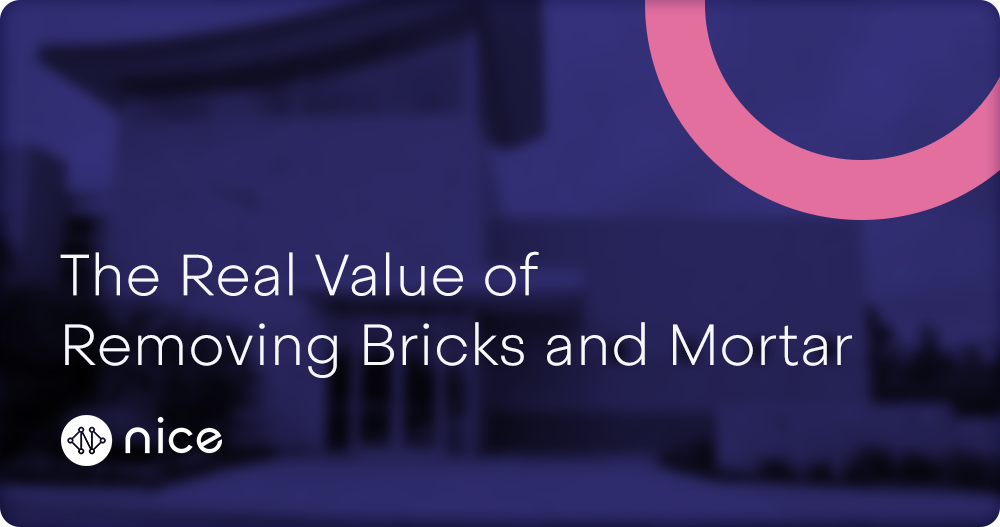The Real Value of Removing Bricks and Mortar
It happens every year: At open enrollment time, employees are dismayed to learn their premiums are going up. It’s impossible to ignore the fact that healthcare costs are rising, and there doesn’t seem to be any relief in sight.
When premiums and deductibles are so high, and employees typically have to pay copays or coinsurance for their visits, it isn’t always cost effective for them to get the everyday and preventive care they need. When people have to weigh those costs, they may even avoid getting care, resulting in worsening health conditions and higher healthcare expenses in the long run.
Apparently, we can’t even turn to value-based care to help change the landscape of rising healthcare costs. While value-based care seemed like the solution to improving care quality while helping to contain costs by rewarding the highest-performing providers, that hasn’t been the reality. Primary care–the everyday care that people need most–is suffering. A recent article in Revcycle Intelligence reported that value-based payments made up only 6.74% of total medical revenue at primary care practices. That means the overwhelming majority of primary care is still treated as fee-for-service–a less-than-ideal way to solve the healthcare cost problem.
According to the Revcycle Intelligence article, for the average patient trying to get everyday care, there’s more bad news–when they do pursue primary care (and the copays that come with it), availability (measured as the third-next-available appointment) went from 6.1 days in 2020 to 8.1 days a year later. Even when they can get an appointment, patients wait some more–with waiting area wait times increasing four minutes year-over-year–up to 16 minutes in 2021.
Brick-and-mortar clinics carry inherent costs. They have to pay a lot of administrative staff to do a lot more administrative work. There are patient intake forms, coding tasks, faxing records (yes, really), and dealing with health insurance claims and submittals. That’s on top of the costs for the actual building itself (rent, lease, etc). Inflation, of course, magnifies these costs over time. According to a recent MGMA article, the costs associated with physical locations have worsened in recent years.
“Our facility costs all rose dramatically because of inflation-tied lease agreements,” one practice leader said.
With telehealth’s recent rise in popularity, it seems like an obvious choice for containing healthcare costs, and it certainly does present myriad benefits to patients and practices alike. On the other hand, brick-and-mortar clinics offer something that telehealth simply can’t provide–real, in-person, face-to-face time with a patient.
Fortunately, there’s a way for primary care clinicians to be able to see patients in-person without the exorbitant costs of running a clinic. Here at Nice Healthcare, our clinicians can do virtual visits, of course. But they can also go to patients wherever they are–in their homes, at work, or at other locations. It’s a creative way to give exemplary care without incurring unnecessary costs.
Without brick-and-mortar clinics, we’re able to keep our pricing extremely low (a fraction of what healthcare premiums cost) while getting patients the care they need quickly and effectively. There are no waiting rooms, insurance cards, networks, claims, or administrative bloat. When you remove the barriers of brick-and-mortar clinics, patients can get answers and care within a day, and employers can save significantly on healthcare costs. For those who are self-insured, Nice directly removes spending on healthcare claims. For those who have fully insured health plans, offering Nice can be great for employee satisfaction and can lower risk for your insurance carrier, often resulting in a decrease in premiums.
To learn more about offering Nice as a great new employee benefit, get in touch!


